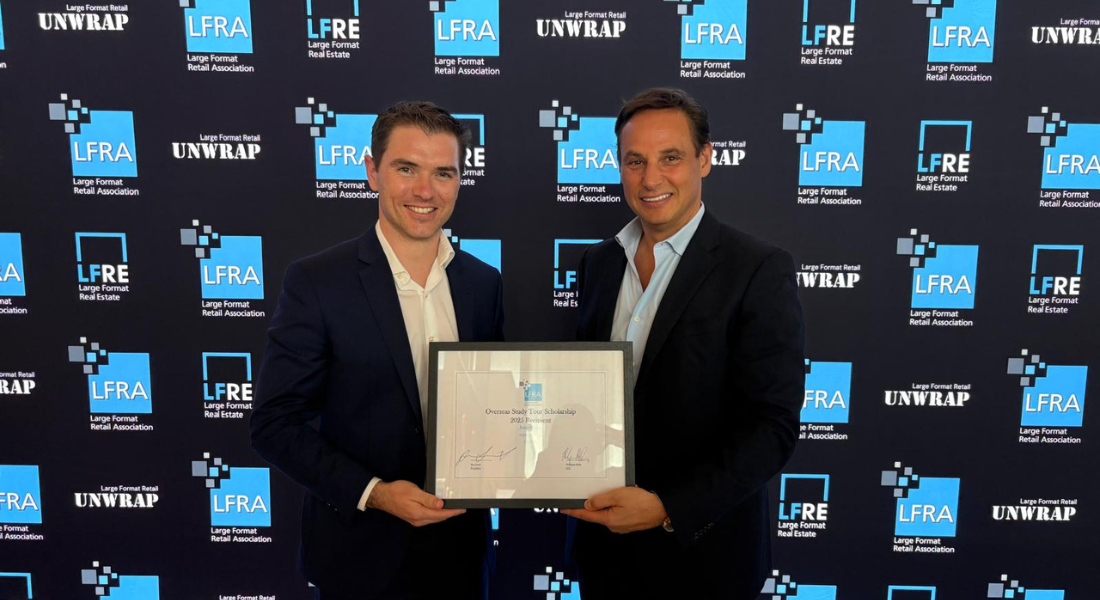The growing need for a payroll compliance solution in 2022

Paying employees under the General Retail Industry Award (GRIA) is difficult.
Complex legal requirements and fragmented payroll systems mean it can be hard to continuously manage payroll compliance.
Complexity
The amount employees are paid is determined by a number of different factors including employment requirements, contracts, interpretation of legislation and data collection from dynamic work patterns.
Retailers have been at the forefront of many employee underpayment stories, stemming from different errors in the employee payment process.
As a result, many well-resourced companies have had to deal with the negative impacts a remediation brings, including damage to reputation, investor and employee confidence.
The story
A recent story highlighted a retailer that was found to have contravened the terms of the GRIA.
As a result of employee requests an investigation into the business was launched by the Fair Work Ombudsman (FWO). The investigation identified incorrect wage payments as a result of incorrect payslips and the business was ordered to calculate and rectify the under payments and superannuation owed.
The retailer made several attempts to calculate the correct amount that they owed their employees.
Despite making several attempts, and their willingness to pay the money owed, the FWO deemed the calculations incorrect and found that the retailer was responsible for determining the correct amounts owed.
What does this mean for you?
If underpayments were to occur in your business there’s very little information available on how to interpret certain clauses in your agreement and therefore how to calculate any variances.
You, as the employer, are ultimately responsible for calculating and rectifying any underpayments.
As we have seen with many underpayment cases before, the liability does not lie with the payroll teams, rather it lies with the Directors.
Meaning if issues do arise and they are not proactively addressed there is potential for personal penalties for company Directors.
It’s becoming more apparent that to achieve payroll compliance, businesses should focus on three key areas;
1. Interpretation of your legal agreement (enterprise agreement or modern award)
2. Interpretation, collection and maintenance of data to fulfil business record requirements
3. Ongoing analysis to implement processes to prevent both employee underpayments and overpayments.
With a push toward the use of an independent payroll compliance solution it’s becoming more evident that technology like this will ensure you are paying your employees correctly and maintain payroll compliance.

Duncan Stone, CEO, PaidRight
PaidRight is a comprehensive, end-to-end system for employee pay compliance, specialising in retail enterprise agreements and the General Retail Industry Award. The platform can operate from 100 – 100,000+ employees, and is able to analyse 100% of your workforce – every employee, every payslip.
With PaidRight you are able to gain enterprise wide transparency through analysing every employee shift against each line of his or her contract, legal agreement, and piece of legislation.




